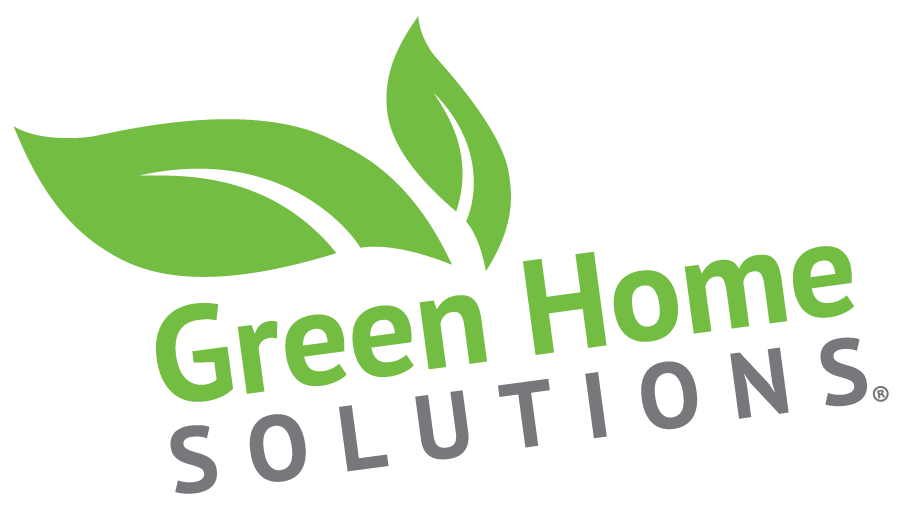
Indoor mycotoxins, which are toxic substances produced by certain molds and fungi thriving in damp and poorly ventilated indoor environments, pose significant health hazards that demand attention. Here’s an overview of indoor mycotoxins and the potential harm they can inflict on your health:
What Are Mycotoxins?
Mycotoxins refer to harmful chemicals generated by mold species such as Aspergillus, Penicillium, and Stachybotrys (commonly known as black mold). These toxins can contaminate air, surfaces, and even food, making them challenging to evade once mold starts proliferating indoors.
Health Hazards Associated with Mycotoxins
Respiratory Challenges: Inhaling mycotoxins can lead to a range of respiratory issues, including chronic coughing, wheezing, and throat irritation. Individuals with asthma or other pre-existing respiratory conditions may experience severe asthma attacks and worsened symptoms due to mycotoxin exposure.
Neurological Impact: Prolonged exposure to mycotoxins has been associated with neurological symptoms such as headaches, dizziness, and cognitive impairments. Some individuals may suffer from memory loss, difficulty concentrating, and mood swings, significantly affecting their daily lives.
Immune System Vulnerability: Mycotoxins have the potential to weaken the immune system, increasing susceptibility to infections and diseases. Those with compromised immune systems, such as the elderly or individuals with chronic illnesses, face greater risks of severe health complications from mycotoxin exposure.
Skin Reactions: Direct contact with surfaces contaminated by mycotoxins can result in skin irritation, rashes, and other dermatological issues. Individuals with sensitivities might develop severe allergic reactions necessitating medical attention.
Long-term Health Implications: Chronic exposure to mycotoxins may lead to more serious long-term health problems, including liver damage, kidney damage, and heightened risks of certain cancers. These enduring effects underscore the urgency of promptly and effectively addressing mold issues.
How to Safeguard Against Mycotoxins
Moisture Control: Maintain dry, well-ventilated indoor spaces to prevent mold growth. Utilize dehumidifiers in damp areas and promptly repair any leaks.
Regular Cleaning: Routinely clean and disinfect surfaces, particularly in moisture-prone zones like bathrooms and kitchens.
Mold Remediation: Upon discovering mold in your residence, seek professional remediation services to ensure safe and thorough removal.
Air Quality Monitoring: Consider indoor air quality assessments to detect the presence of mycotoxins and other harmful pollutants.
Understanding the risks associated with indoor mycotoxins is essential for preserving a healthy living environment. By implementing preventive measures and promptly addressing mold concerns, you can safeguard yourself and your loved ones from the detrimental effects of these toxic substances.
